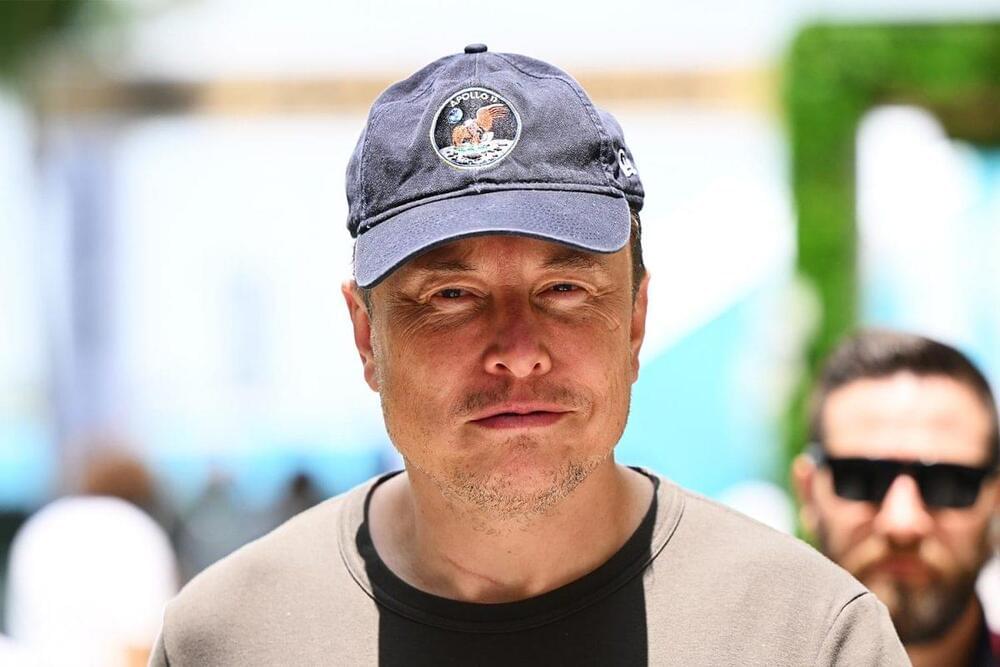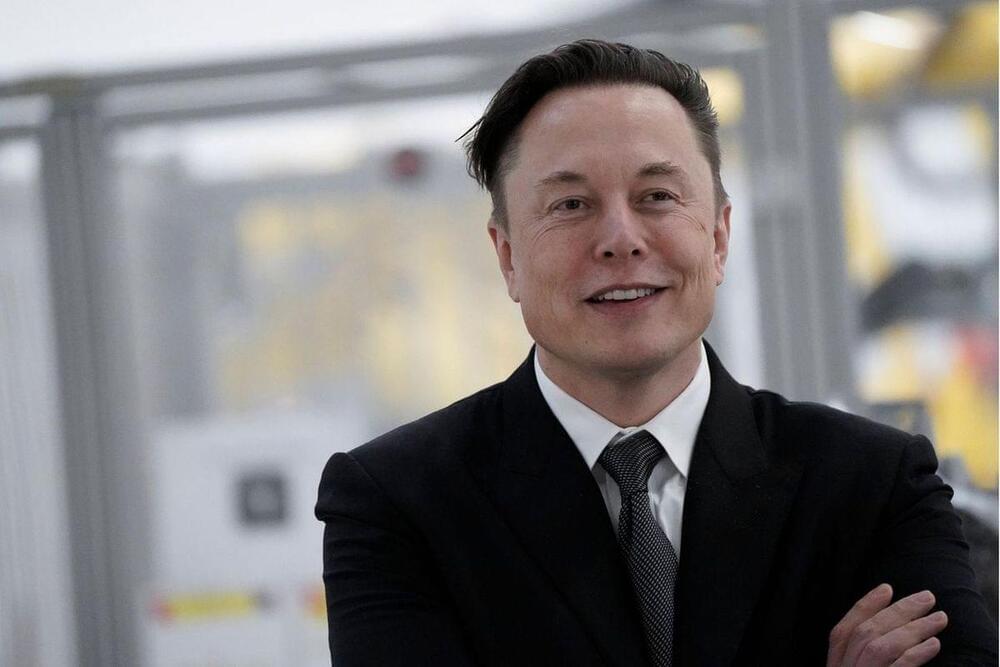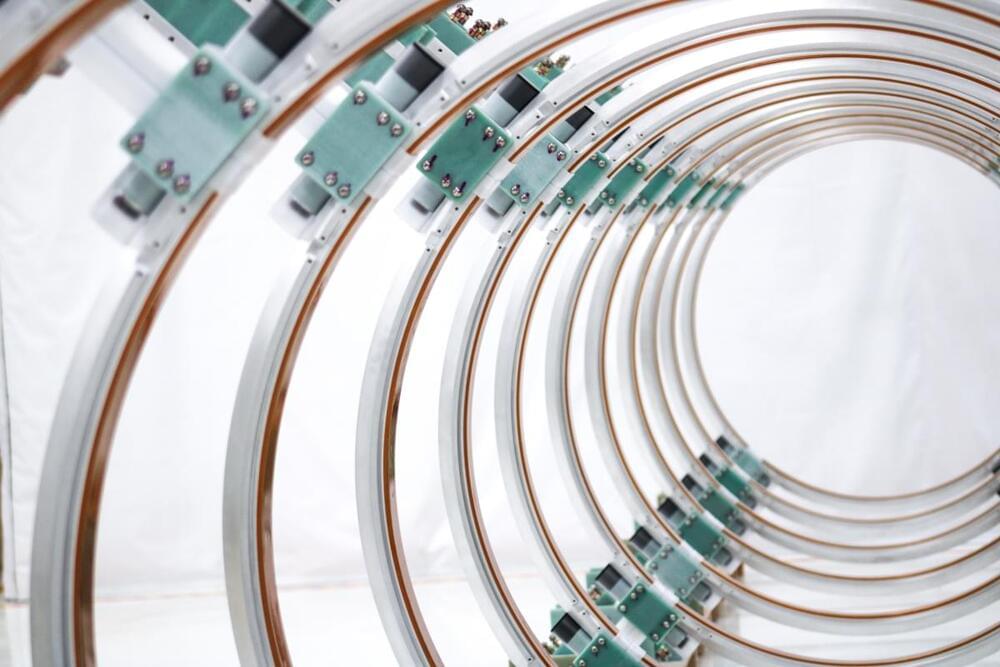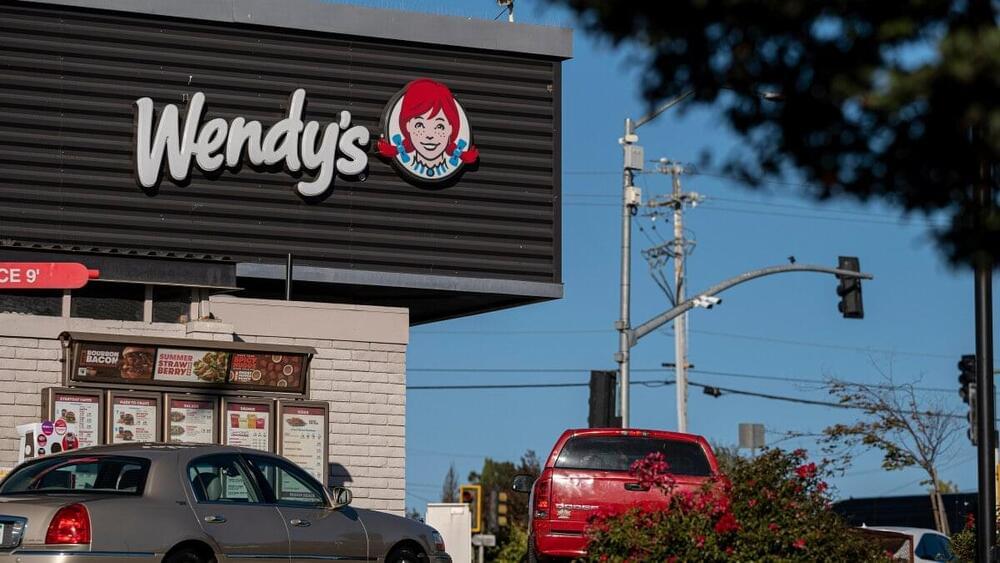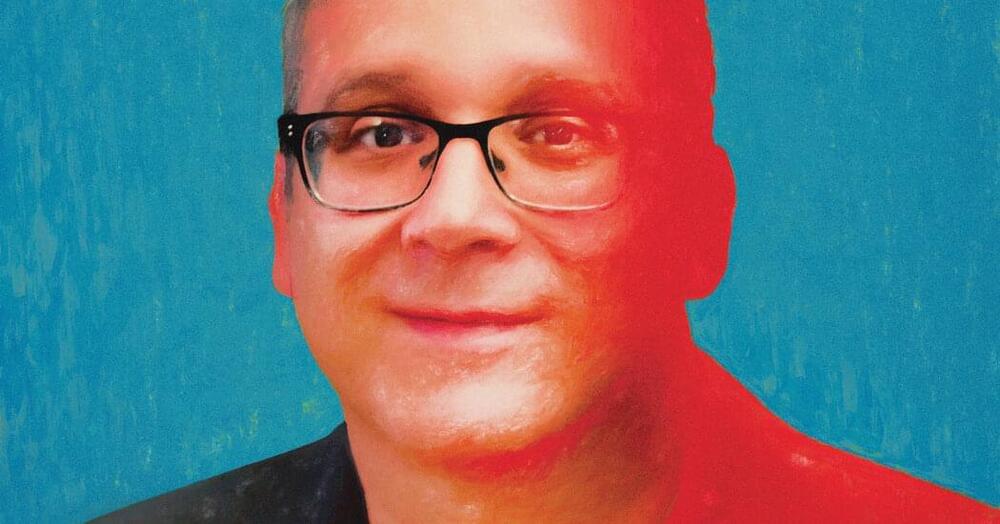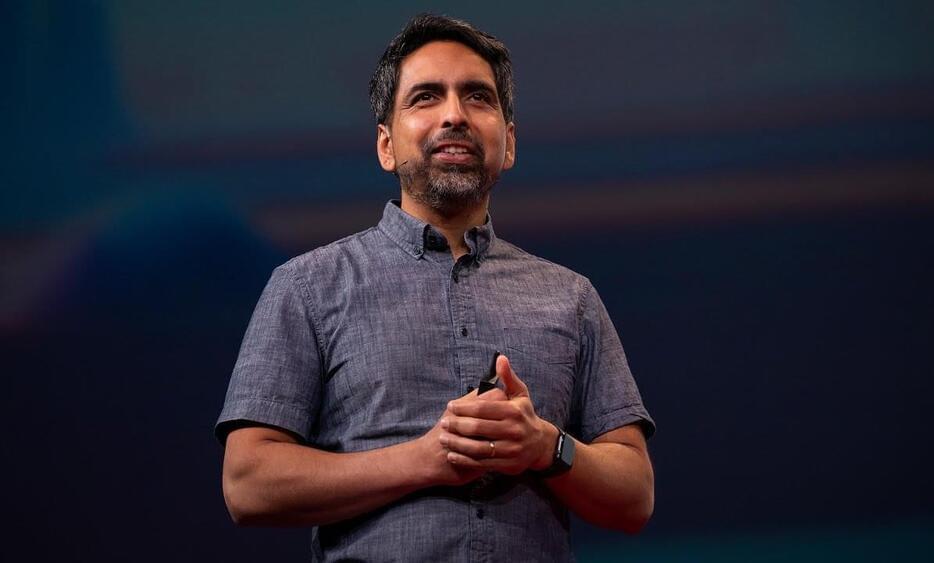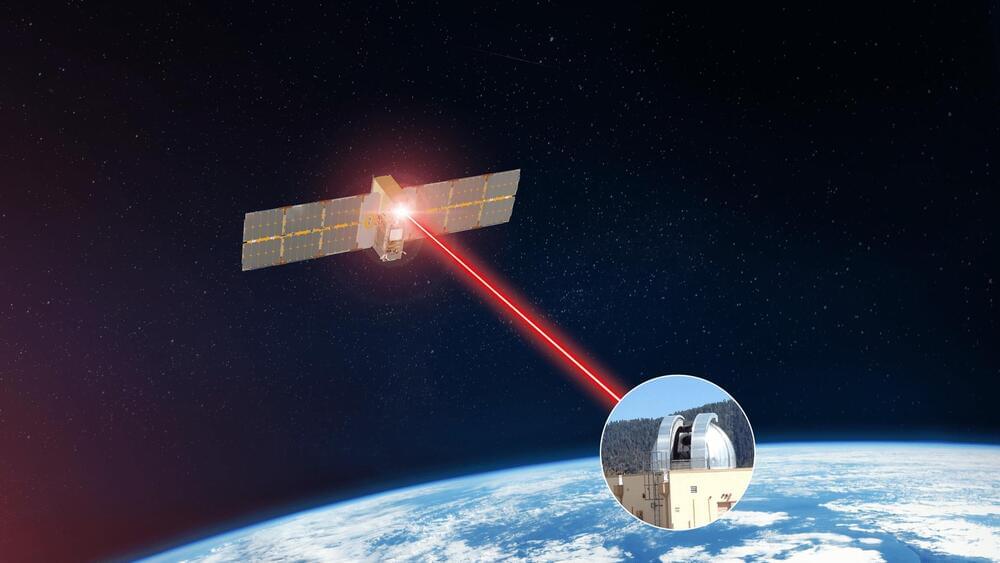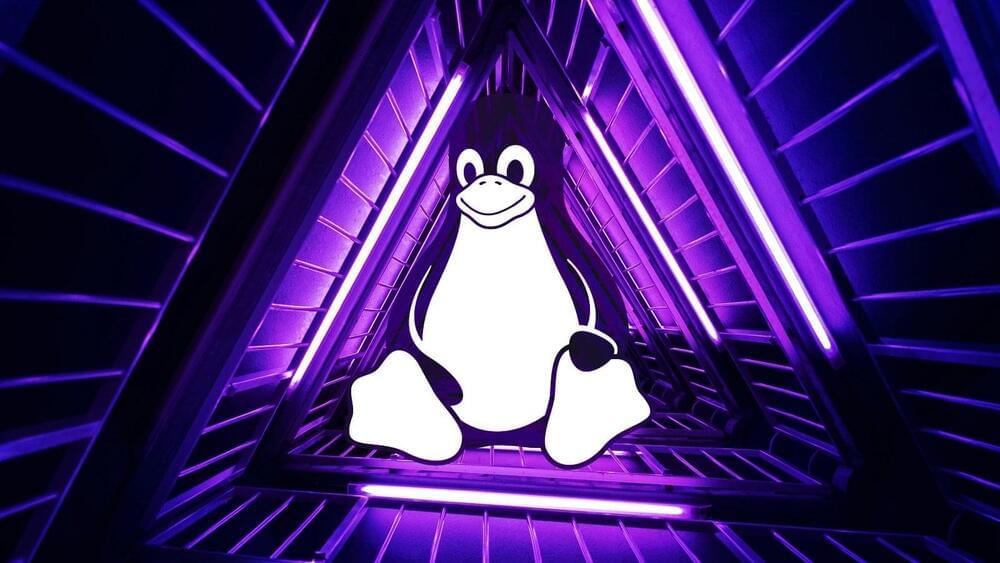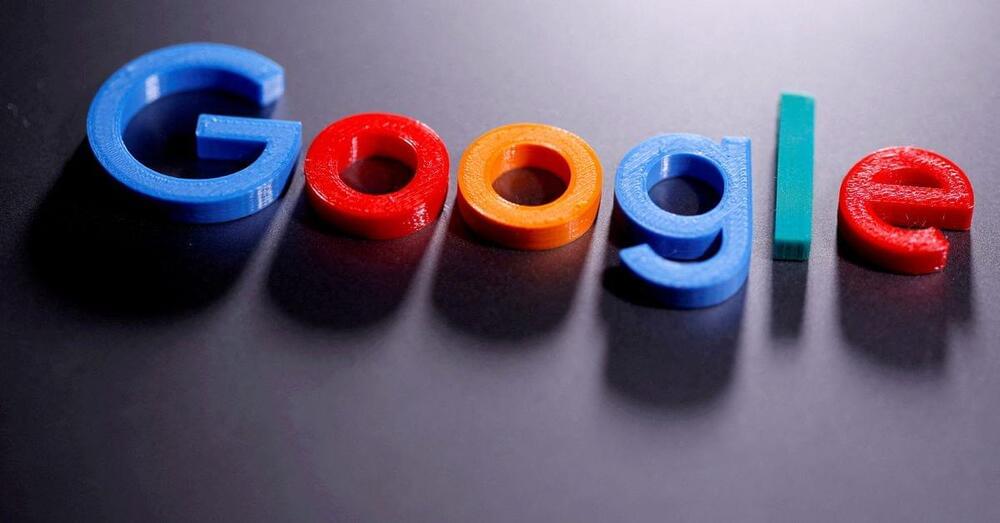Marketing and business. In marketing, businesses can use art and science to create compelling, memorable and emotionally resonant campaigns. By leveraging scientific knowledge of consumer behavior and psychology and using art to create visually striking and emotionally engaging advertisements, businesses can create marketing campaigns that are both effective and memorable.
Artificial intelligence (AI). AI design involves scientific research to develop algorithms and models that simulate human intelligence and decision-making. However, AI design requires artistic input to create user interfaces, visualizations and other interactive features that engage users and make AI more accessible. For example, an AI-powered virtual assistant may require an appealing visual interface to help users interact with the system more efficiently, such as graphic design, animation and other visual arts, to create a user-friendly pleasing interface. Moreover, AI-powered applications and systems can incorporate creative design and artistry elements to enhance functionality and appeal (generative AI algorithms can generate music or art or analyze and interpret cultural trends and patterns.)
The intersection of scientific research and art is exciting for generating novel business ideas. By bringing together different perspectives and skill sets, it is possible to create a more comprehensive and innovative approach to problem-solving. Whether through interdisciplinary research or using art as a tool for communication, the possibilities for collaboration are endless. The art of innovation is not about creating something out of nothing but finding new and unexpected ways to combine existing elements. By embracing the intersection of science and art, we can unlock a wealth of possibilities for the future of business by leading in new business ideas leveraging on new technologies, materials and creative solutions to problems. The integration of these domains enables the formation of groundbreaking and lucrative business concepts that can revolutionize industries and enhance individuals’ well-being.

